Everybody loves a good story. Knowing this fact is what separates a good photographer, from an exceptional one.
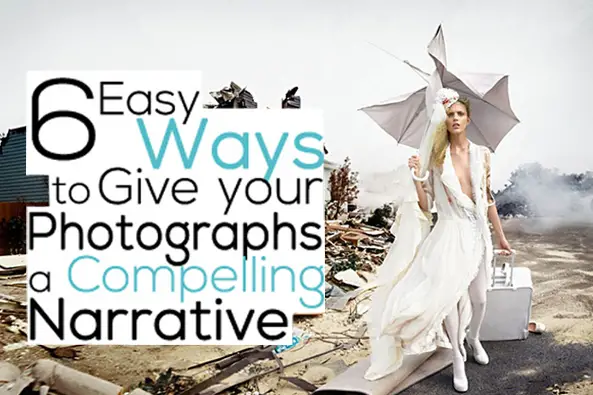
With this knowledge, a photographer has a whole breath of tools at their command to trap the viewer, and cause them to be spellbound!
Below I have listed 6 of the best ways to give your photographic approach the artistic edge of a compelling narrative that will galvanize your photography to the next level:
1.Constantly Ask Yourself Questions and Record your Ideas
“How am I going to lead them in?” this question should always be followed by “how will I keep them there?”
“What am I trying to say with this photograph?”
“How do I want people to feel when they look at it?” and “If I find it interesting, why do I?”

These types of questions, rather annoyingly tend to come to you when you’re on the bus or at work, so it’s always best to keep a notepad, to jot them down. Otherwise you’ll find yourself trying to rack your brains to remember that awesome question you had on your way in to work last Tuesday. Keeping a notebook handy is an excellent way of recording those lost moments of utter genius, and any shoot ideas that you may find yourself inspired to have.
2. Add Conflicting Emotions
Strong emotional feelings within a photograph are powerful, as they’re very good at communicating what you want your photograph to say. There is no better way to relate to people than through emotion.

Having a conflict of opposing emotions balances the image and gives the subject matter an interesting contrast. This can also paint a very clear picture for the viewer; as they can instantly take sides and thus become involved with the image.
3. Build Relationships between the Content
When subjects within an image portray a relationship with one another, they create a story, and this doesn’t have to be between two people.

The girl (above) is clearly unsure about the content of the box and the shackle around her foot may also be involved to some degree. Using props is fun, and can make your photographs instantly interesting creating a level of intrigue, however try not to leave it as being too subjective, as you want your story to be clear, however you also want the viewer to ask themselves questions.
Knowing where to draw the line between the two is challenging, but it can also be fun.
4. Isolate Your Subjects
Like any great story there’s always a protagonist that takes centre stage (or as we’re photographs they take a 3rd of that stage!) he/she/it are the stars of the show, so isolate them within the photograph so the viewer knows this.
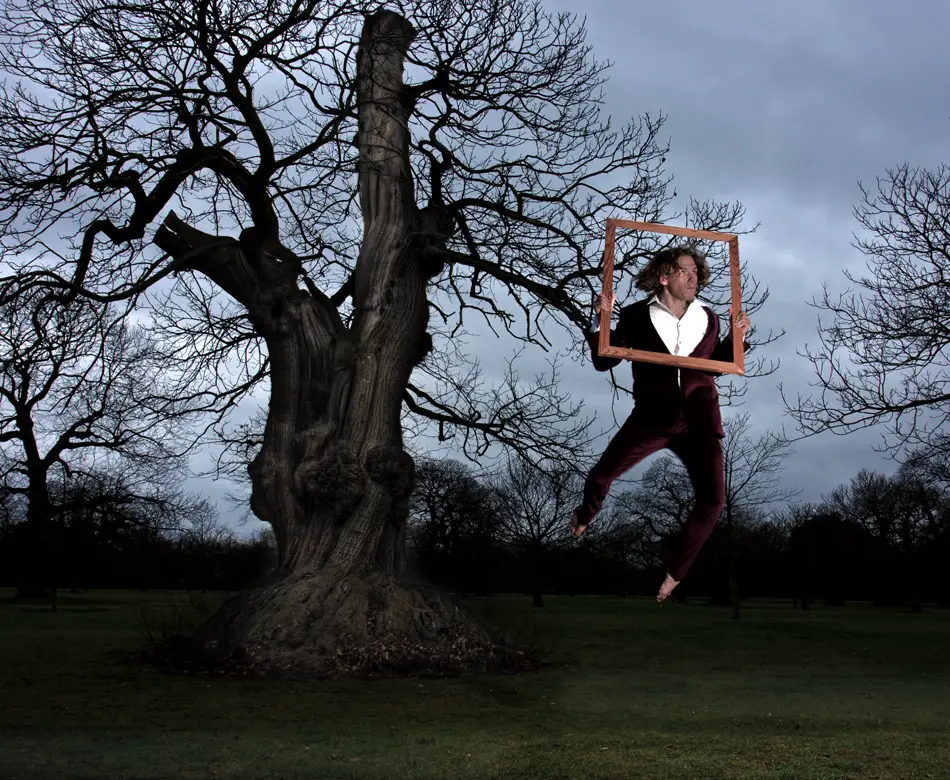
It’s always good practice when starting out, to work with a maximum of one or two subjects. Depending on your skill at composing your models, you can always look to experiment with more of them later.
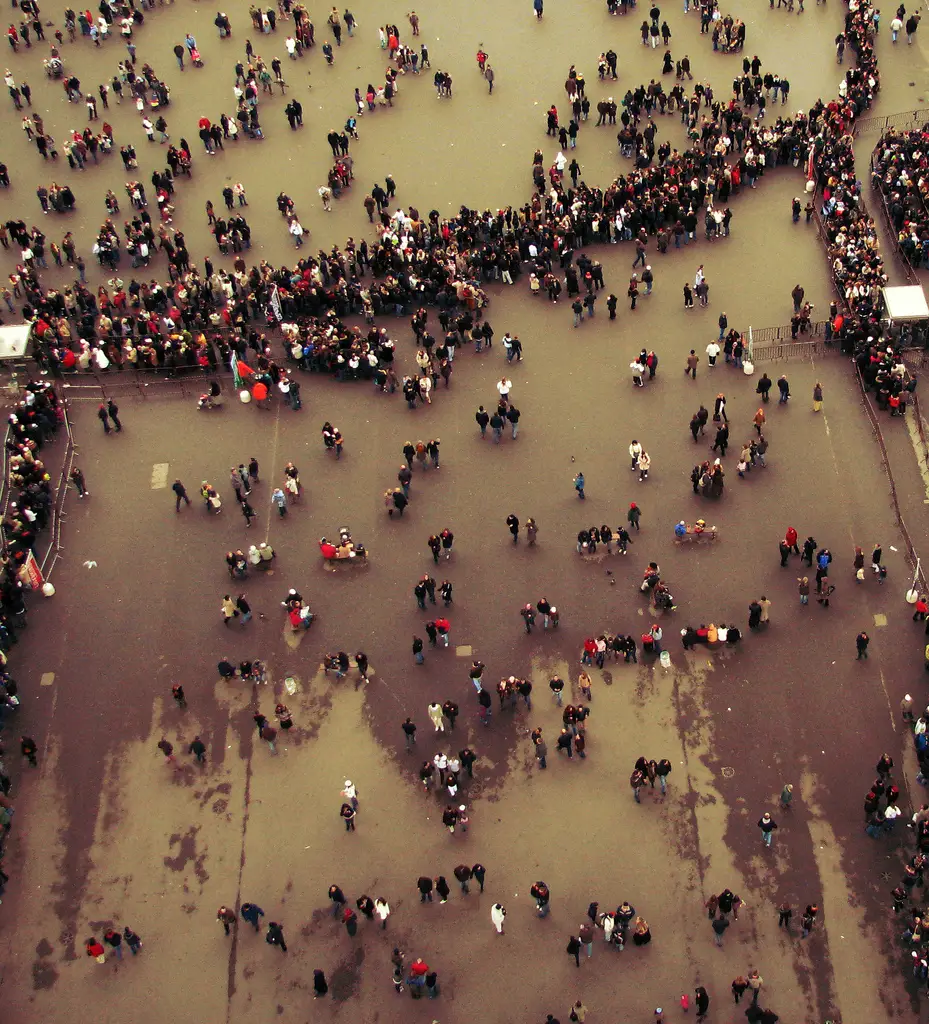
Understanding the fundamentals of composition, which you can find here, will help you greatly in achieving an organised focus with a multitude of subjects.
5. Incorporating Basic Colour Theory
It’s always a great idea for photographers (that shoot in colour) to study The Colour Wheel. Knowledge of the wheel offers a way of finding out which colours don’t blend well, and which do.
Take the above photograph as an example; the green, purple, black and light pink set the tone perfectly. Together they create a scary mood that’s unsettling, yet at the same time, beautiful.Getting the colour balance right is crucial when you have a particular narrative in mind for the final image.
6.The Candid Method
This is perhaps the most common approach when hunting for a story in a photograph. It’s also the most appealing, which is due to the fact that it’s capturing a perfect moment in time, and is arguably the true essence of photography.
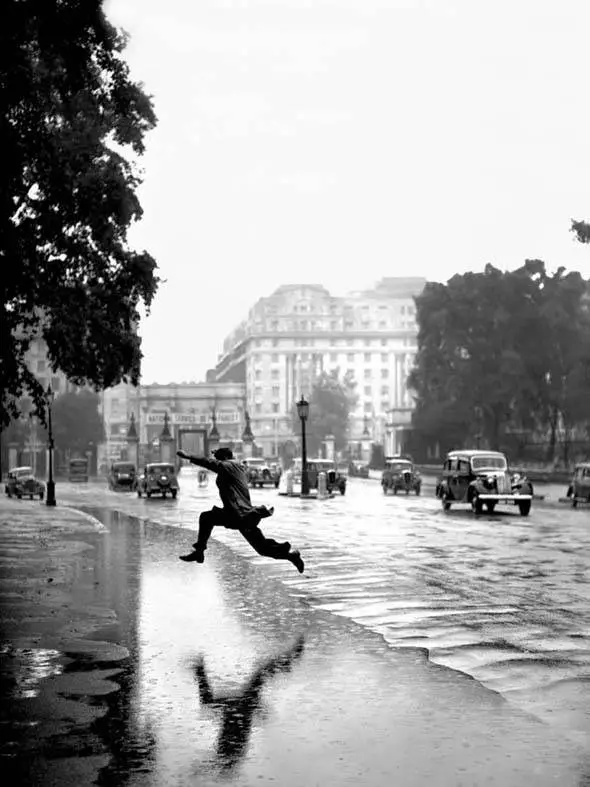
Being lucky enough to be at the exact perfect second, capturing “the decisive moment” is a skill that every National Geographic and documentary photographer appears to be blessed with; It takes that of a well honed skill combined with a 6th sense, mountains worth of patience and a quick trigger finger! But don’t let that intimidate you. As the great Daily Planet Editor-in-Chief, Perry White once said “a great photographer eats with his camera, a great photographer sleeps with his camera”
Astonishing Examples of Photos That Tell Stories
Below are a few Photographs from famous photographers that have used the above points, see if you can tell which ones have been incorporated…
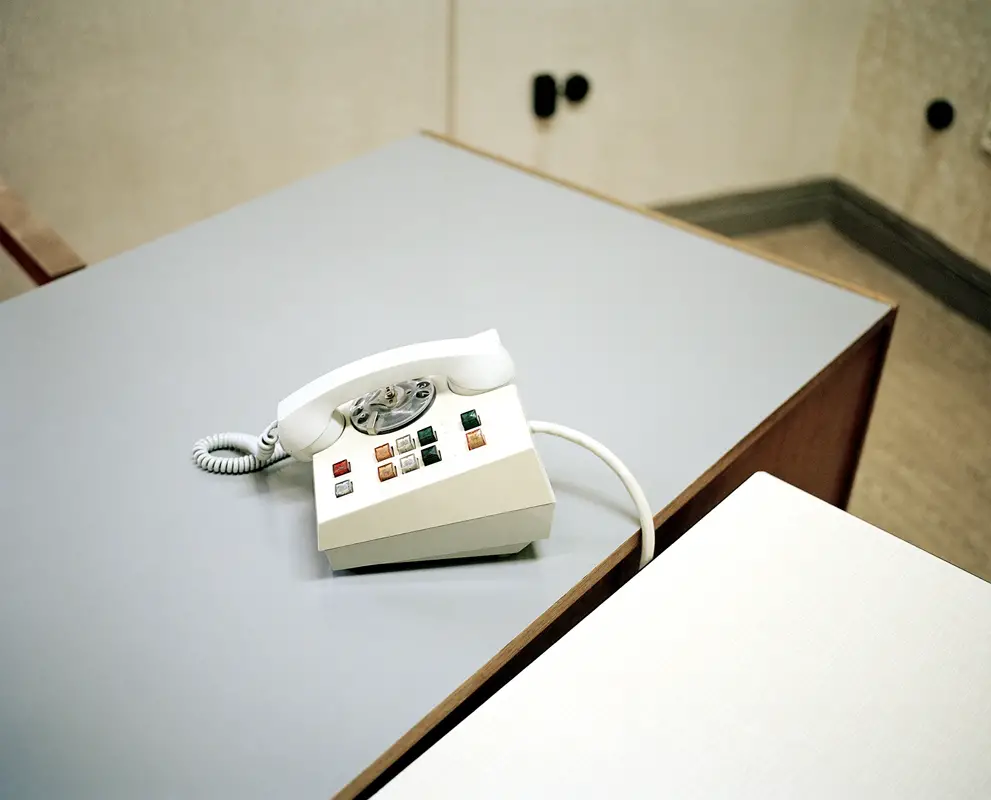
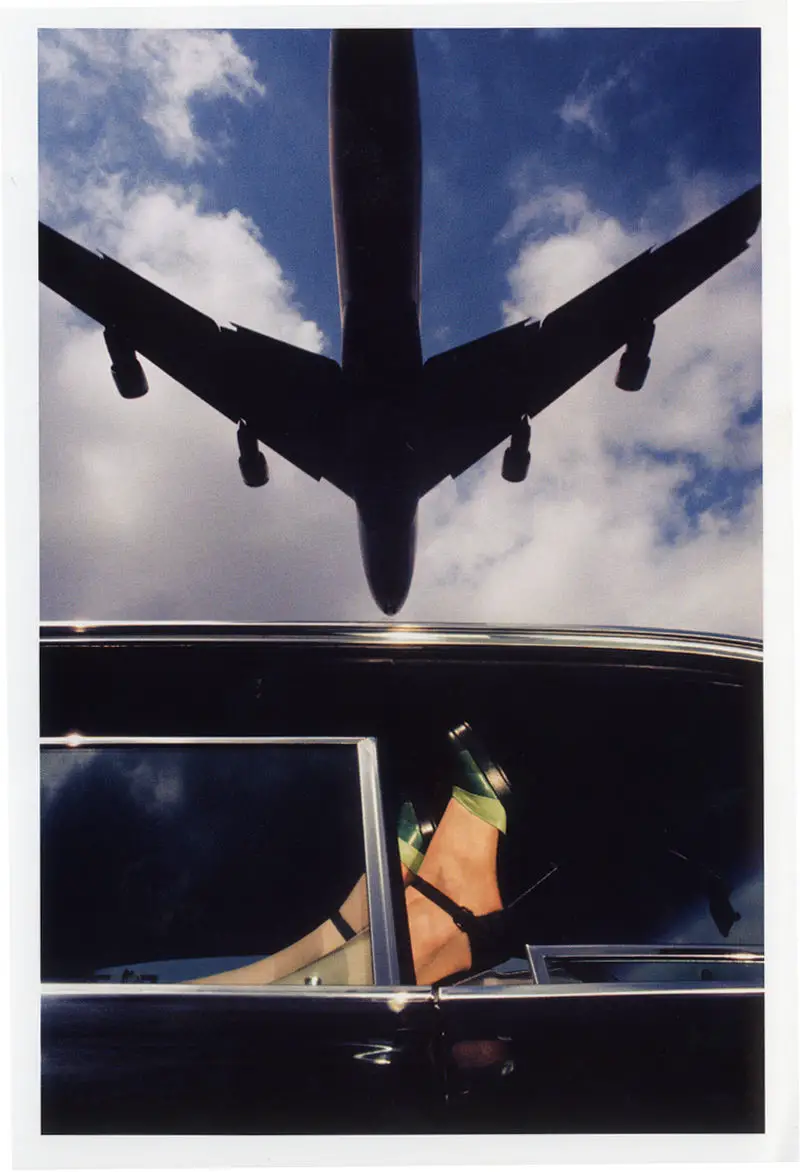
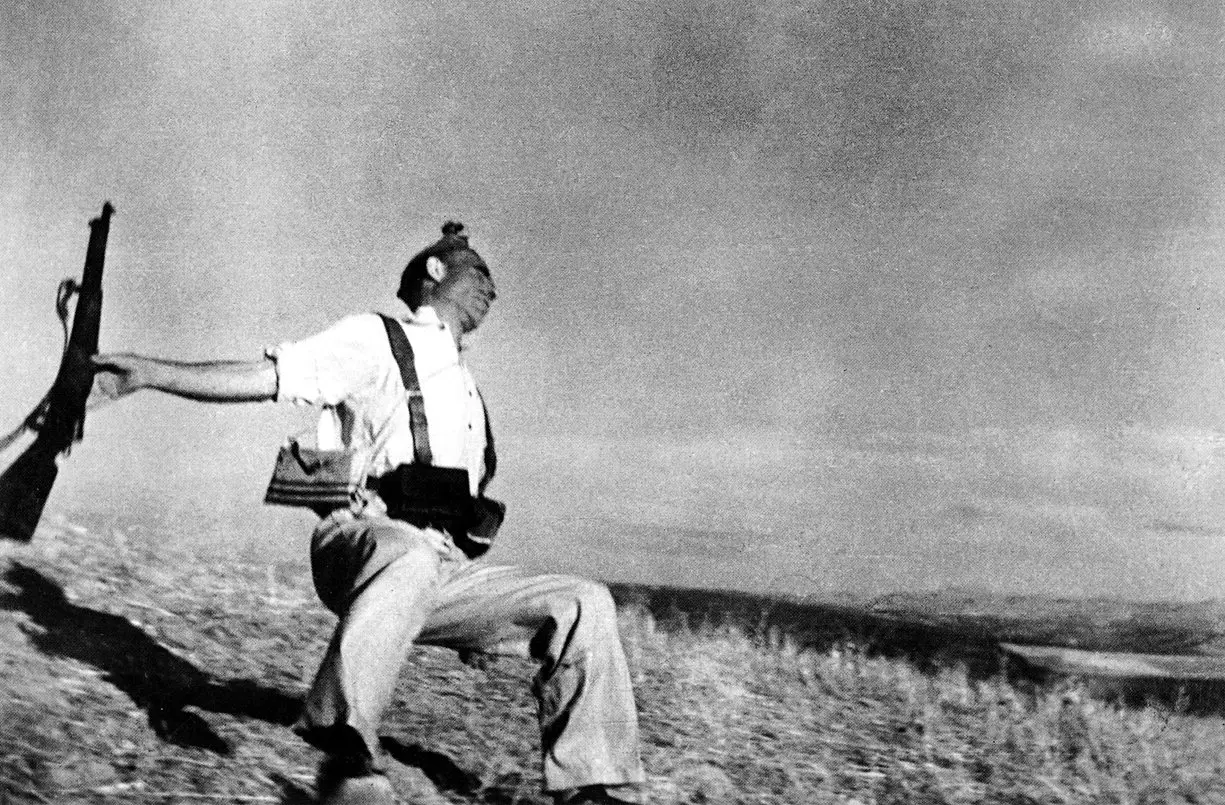
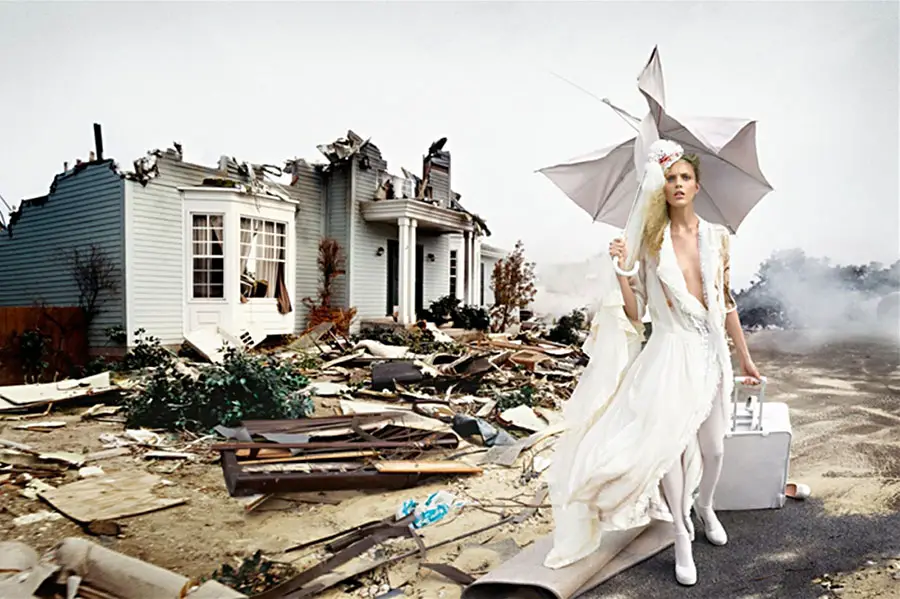
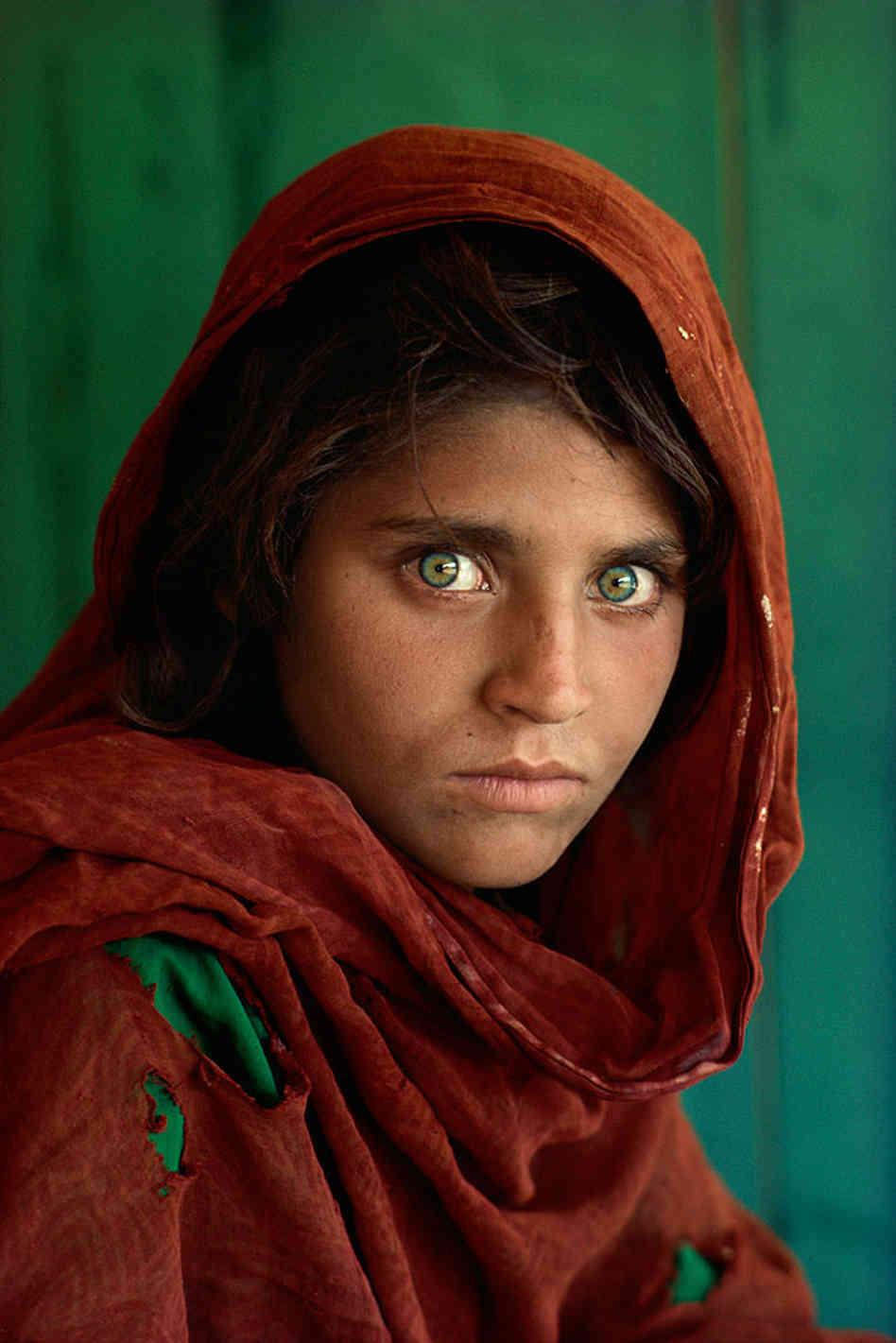
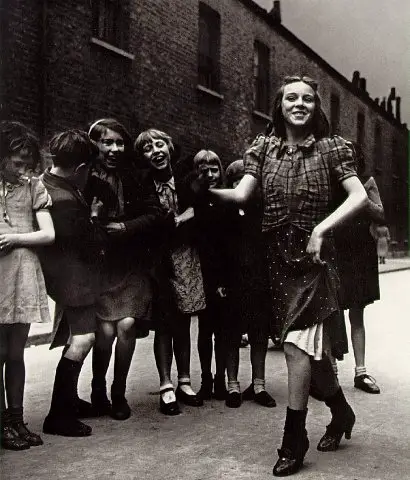
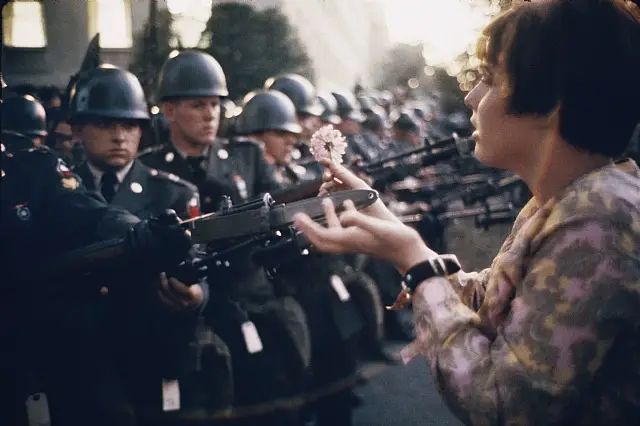

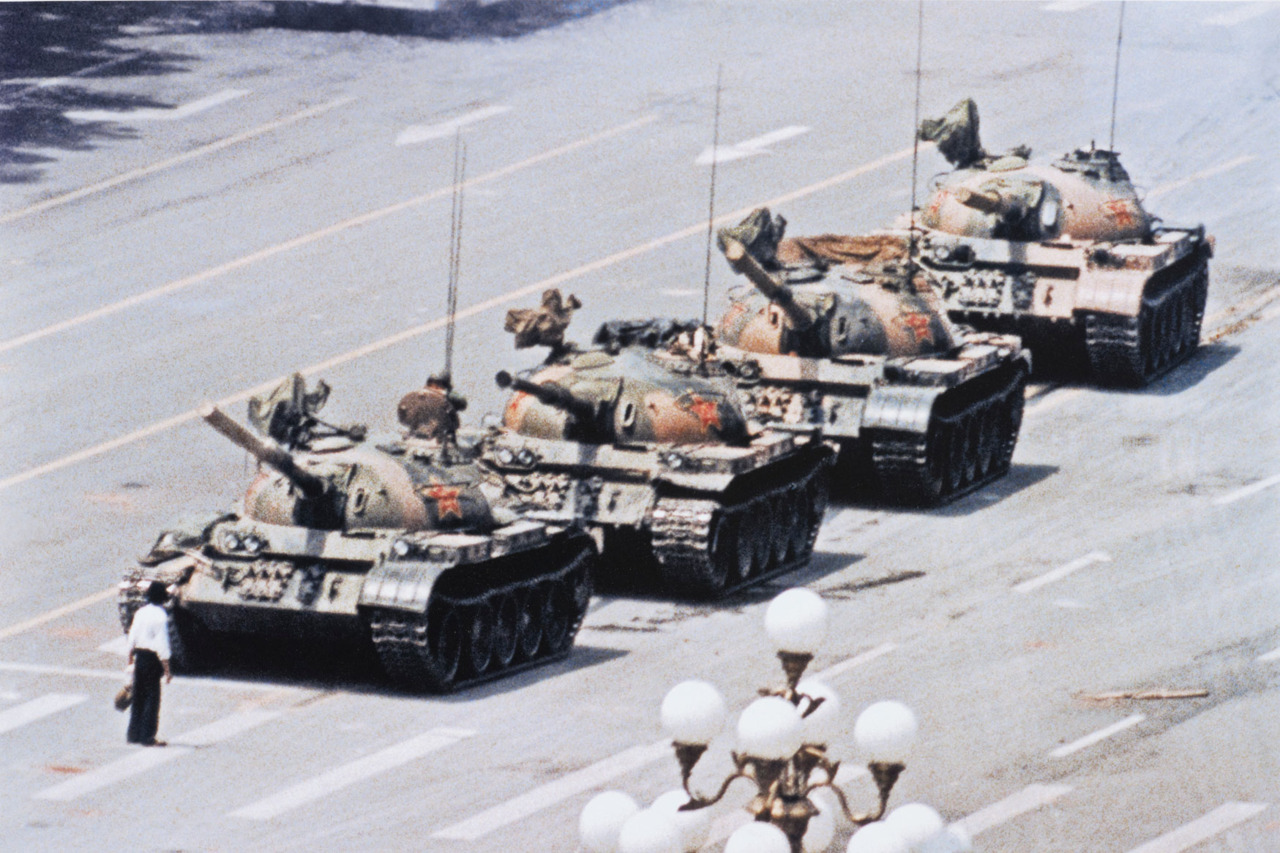
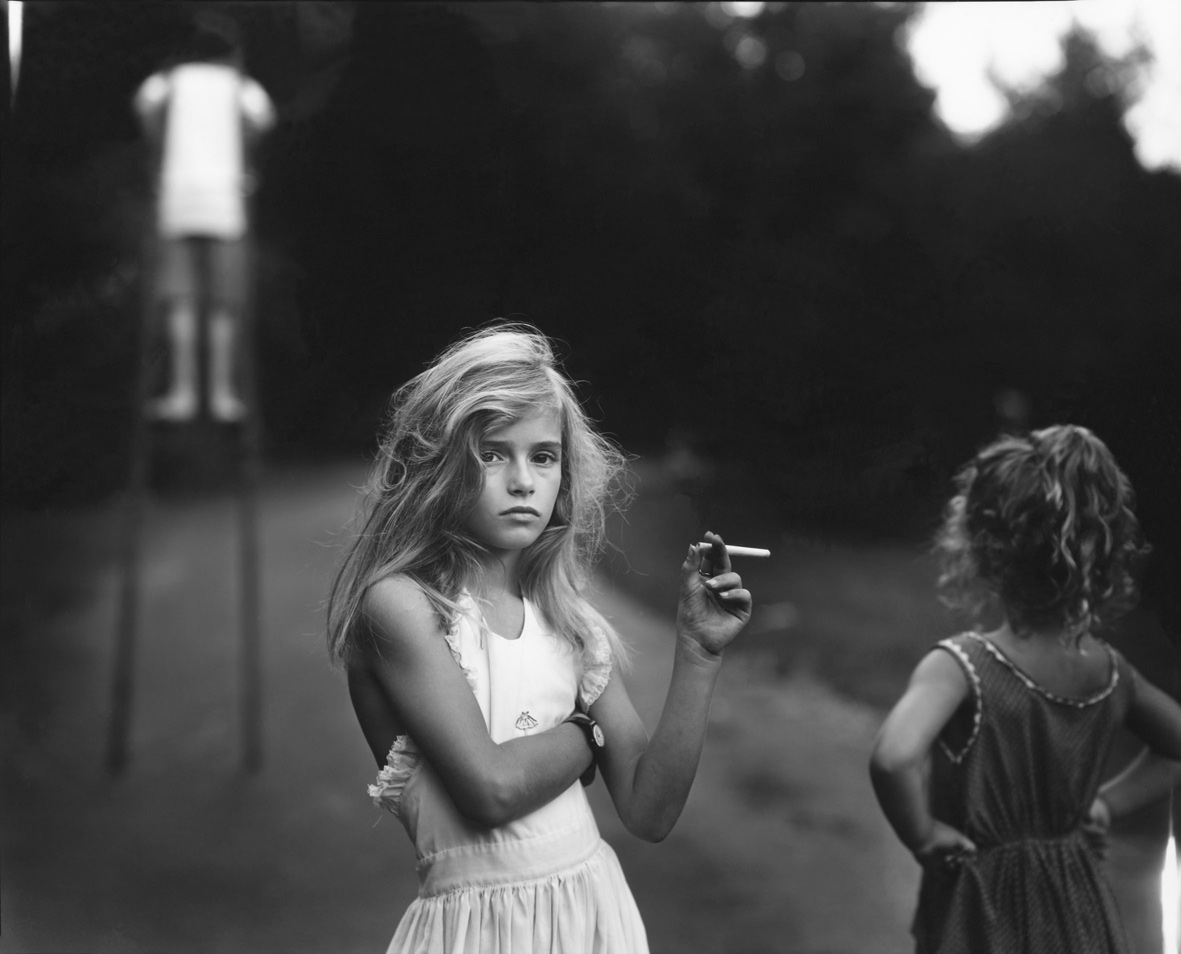
So what are you waiting for? Go out and buy yourself a photography projects note book and get to work! Please feel free to post your comments below and send any images to my twitter @focusontheday as I’d love to see them. Good luck!









good advice, The photo with the guy and the tree is awesome who took it?
Hi John that was me, here’s as link to more of my work http://www.robertbradleyphotography.co.uk thanks for the comment! 🙂
as I understtod it was the author of the article! Amazing article and breath-taking photos by the way Robert! Hope to read more articles from you in nearest future!
these tutorials are very useful.
baffled with the one of just a phone?